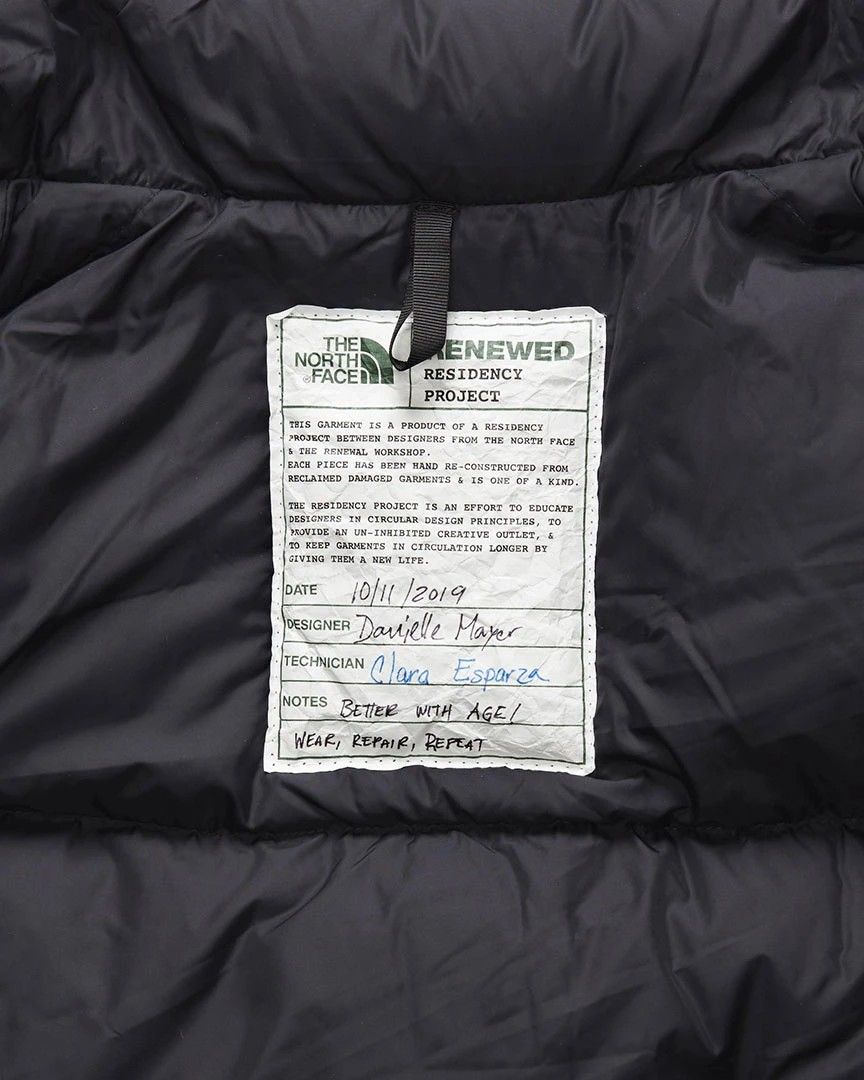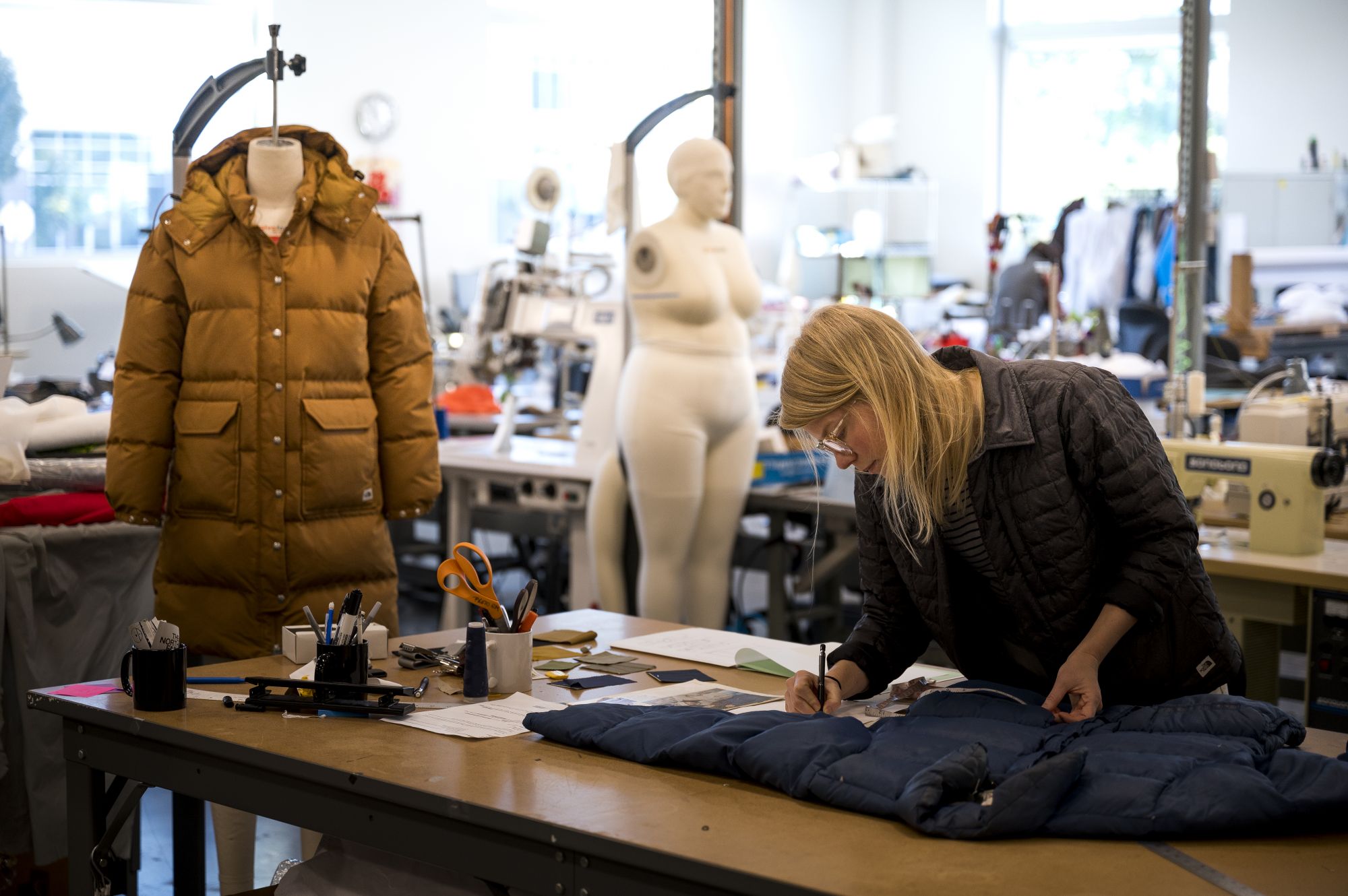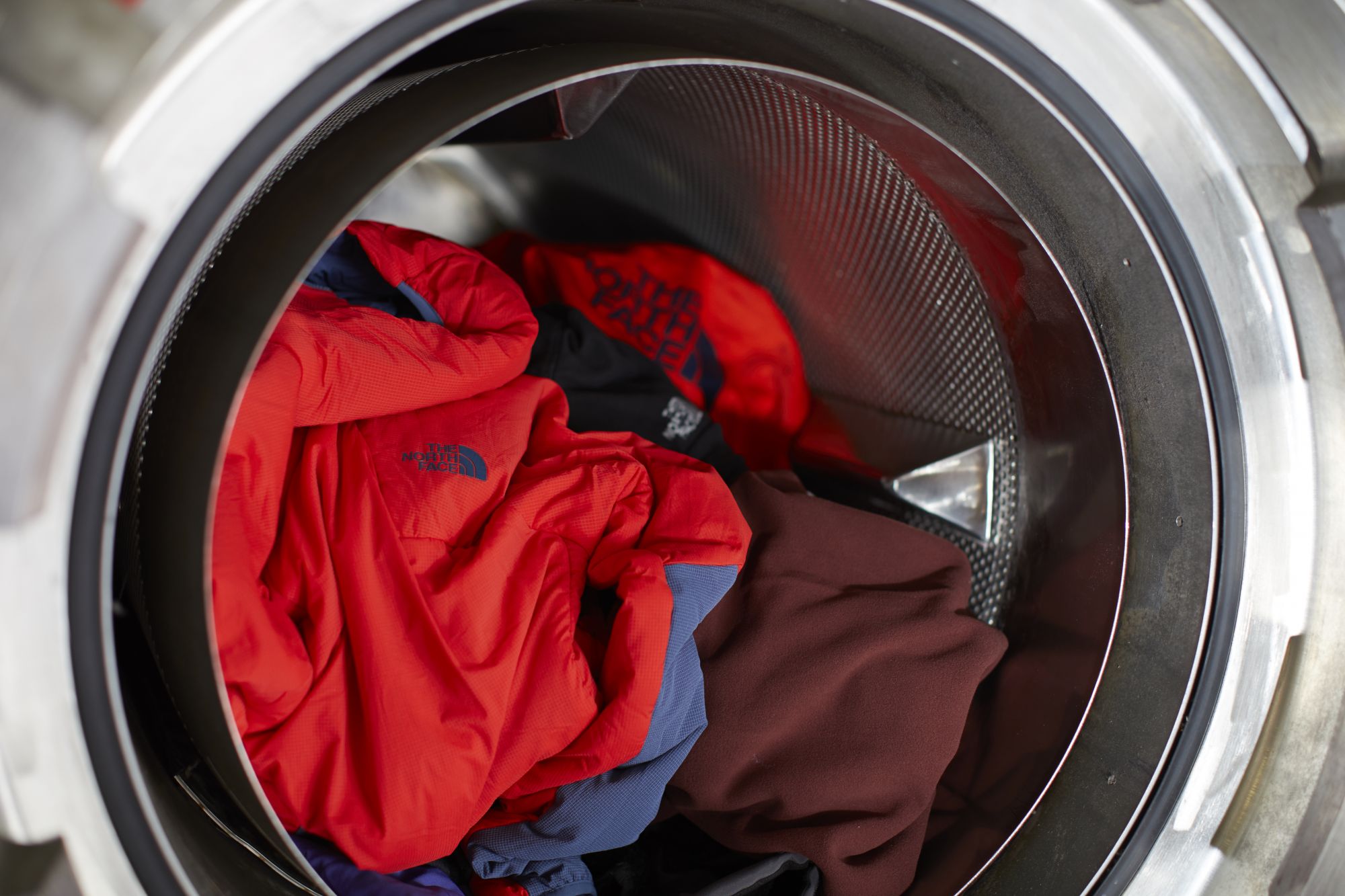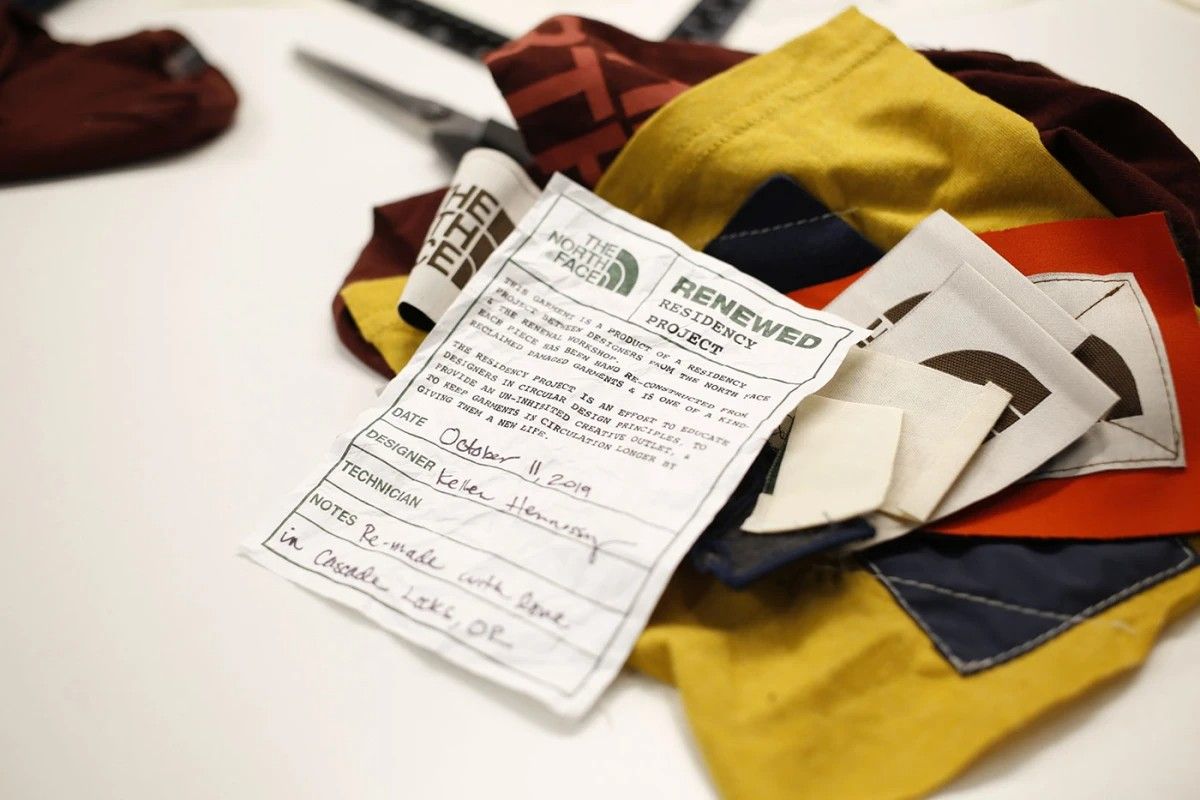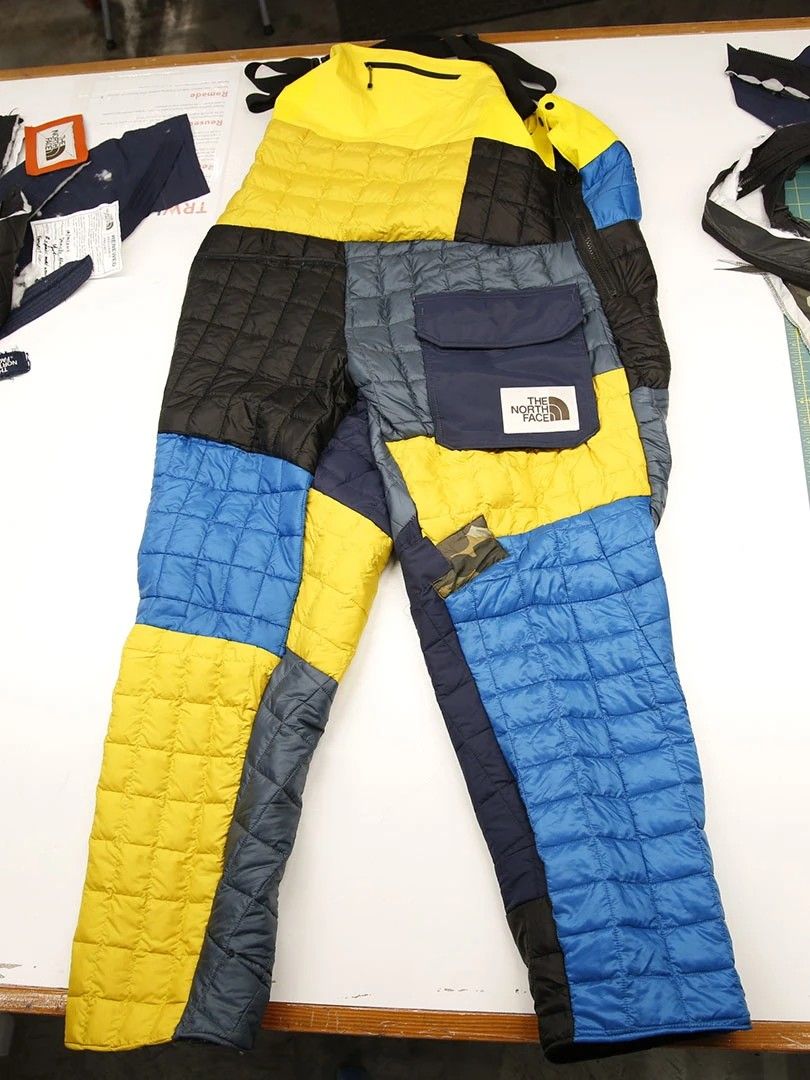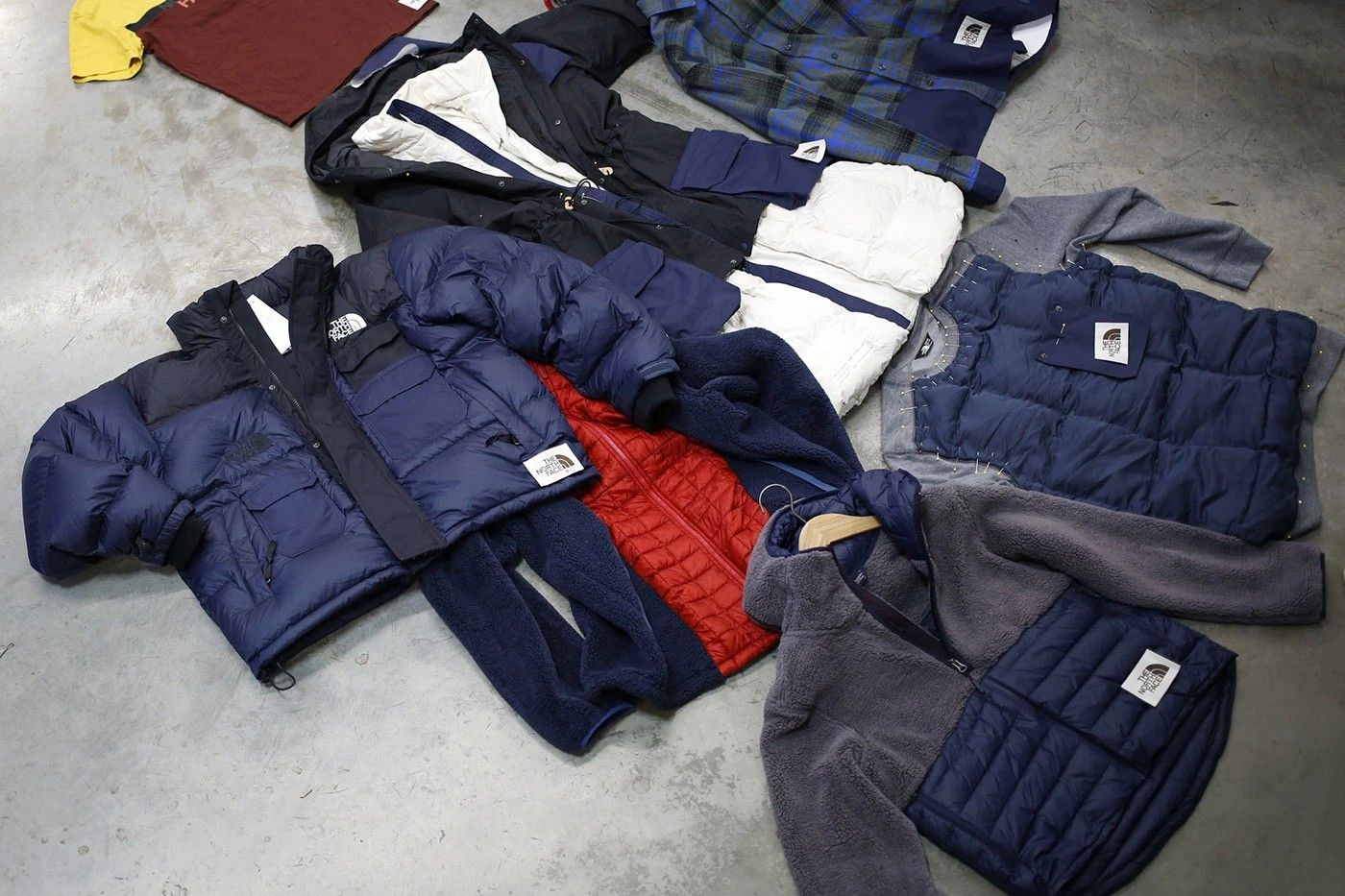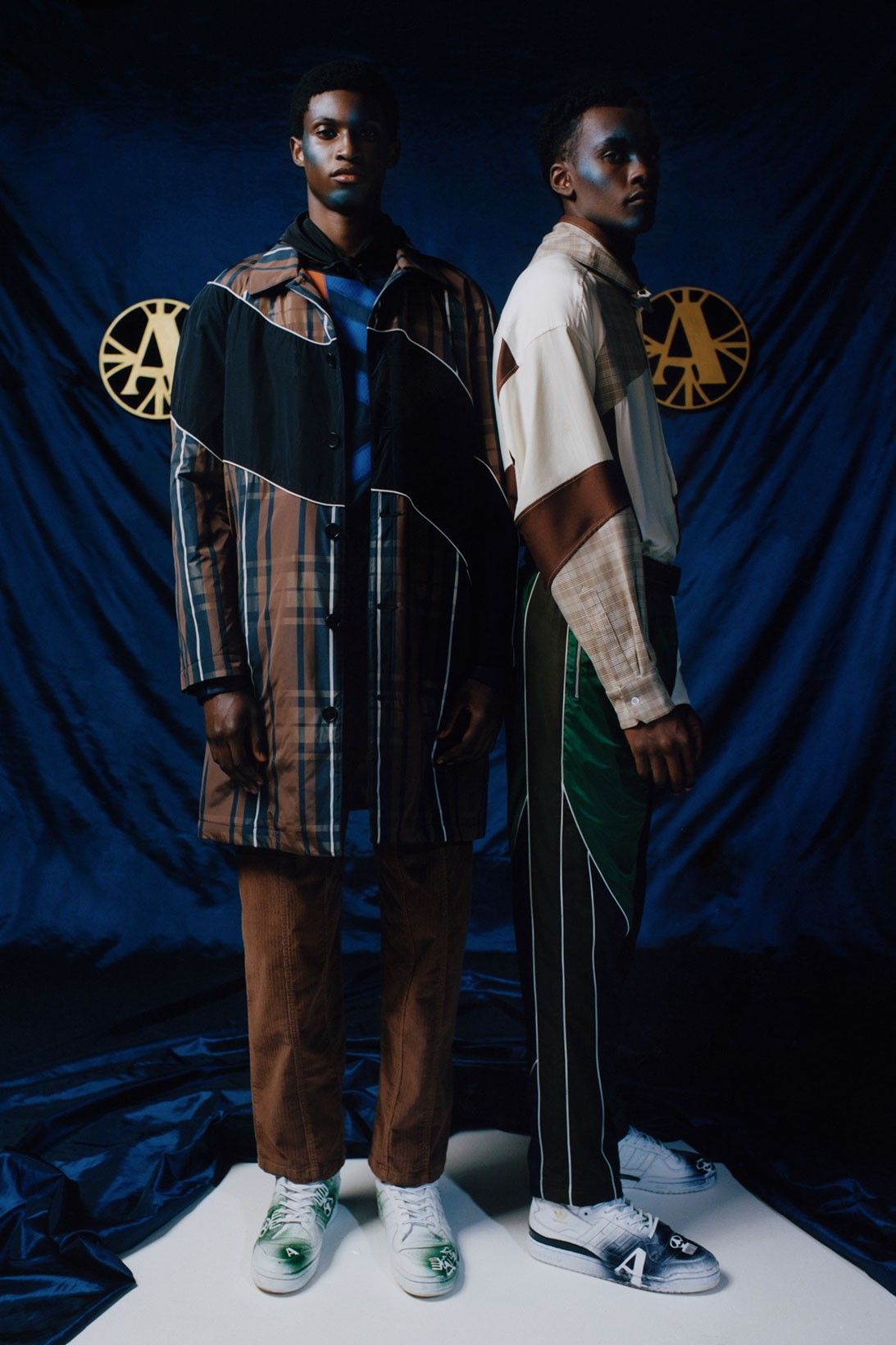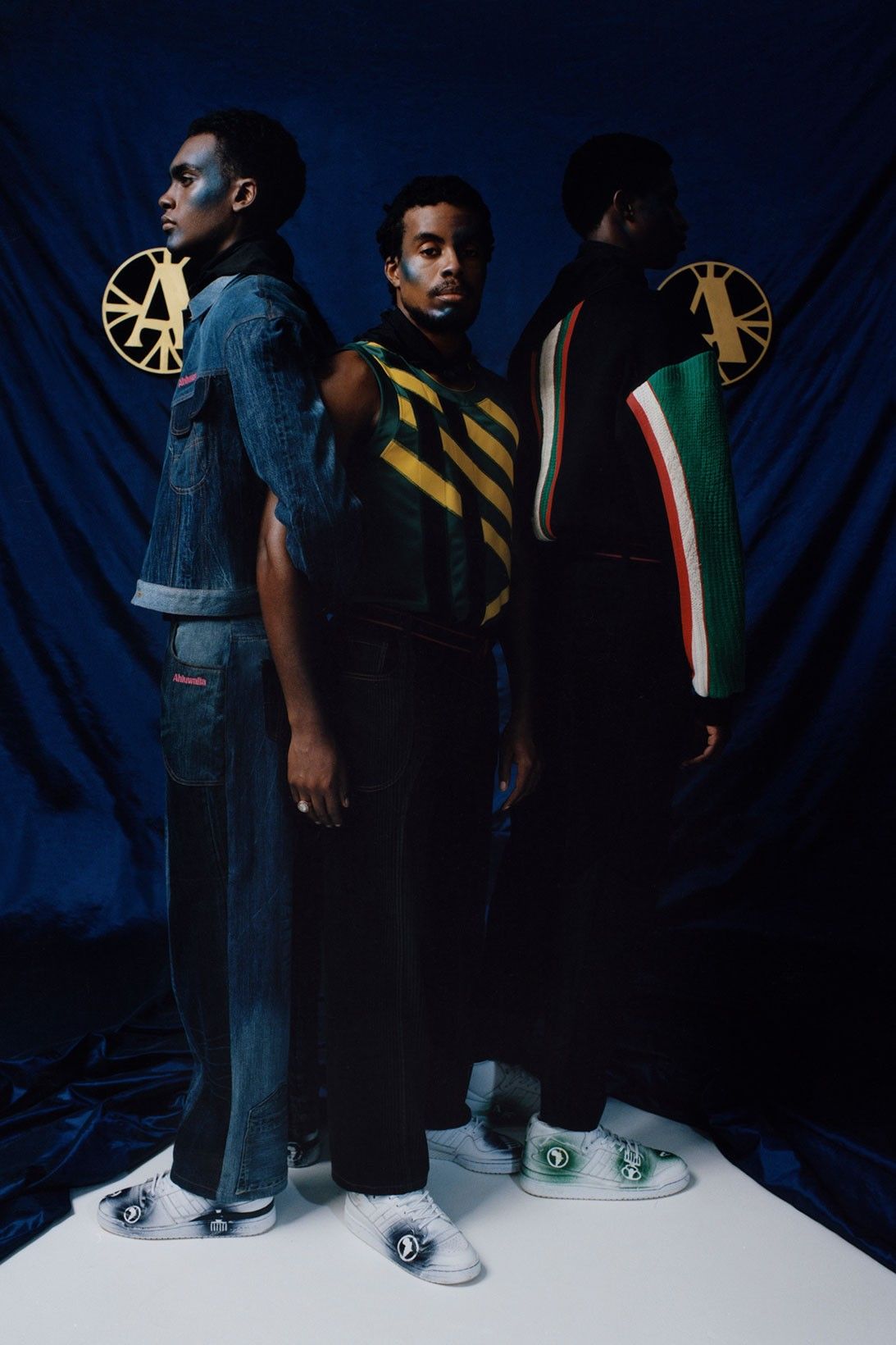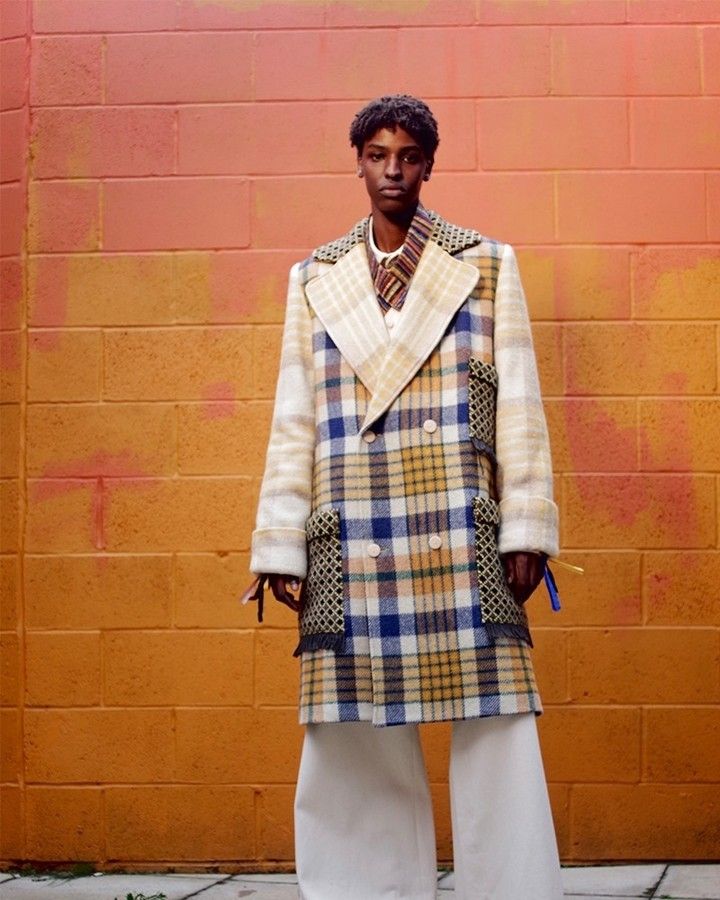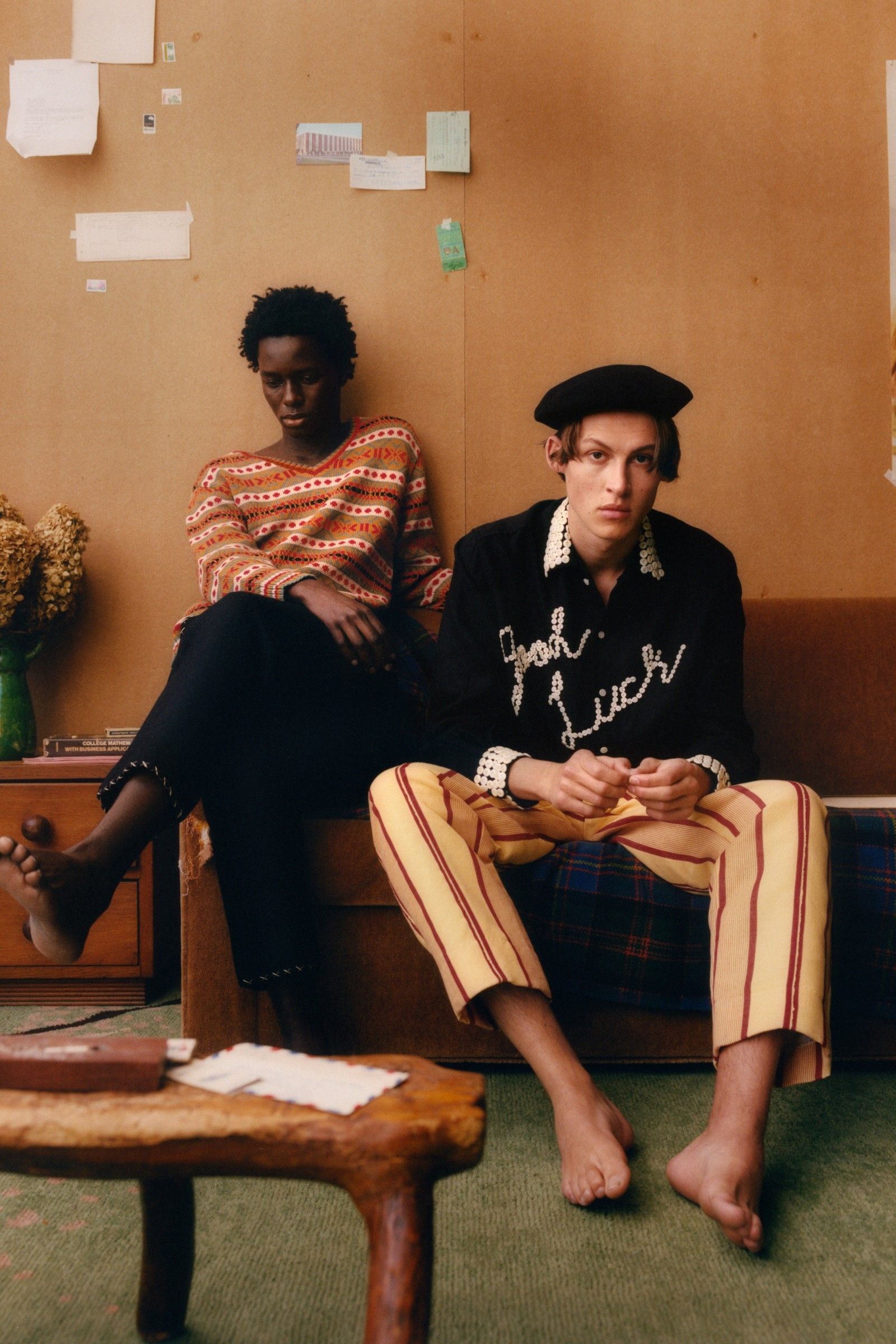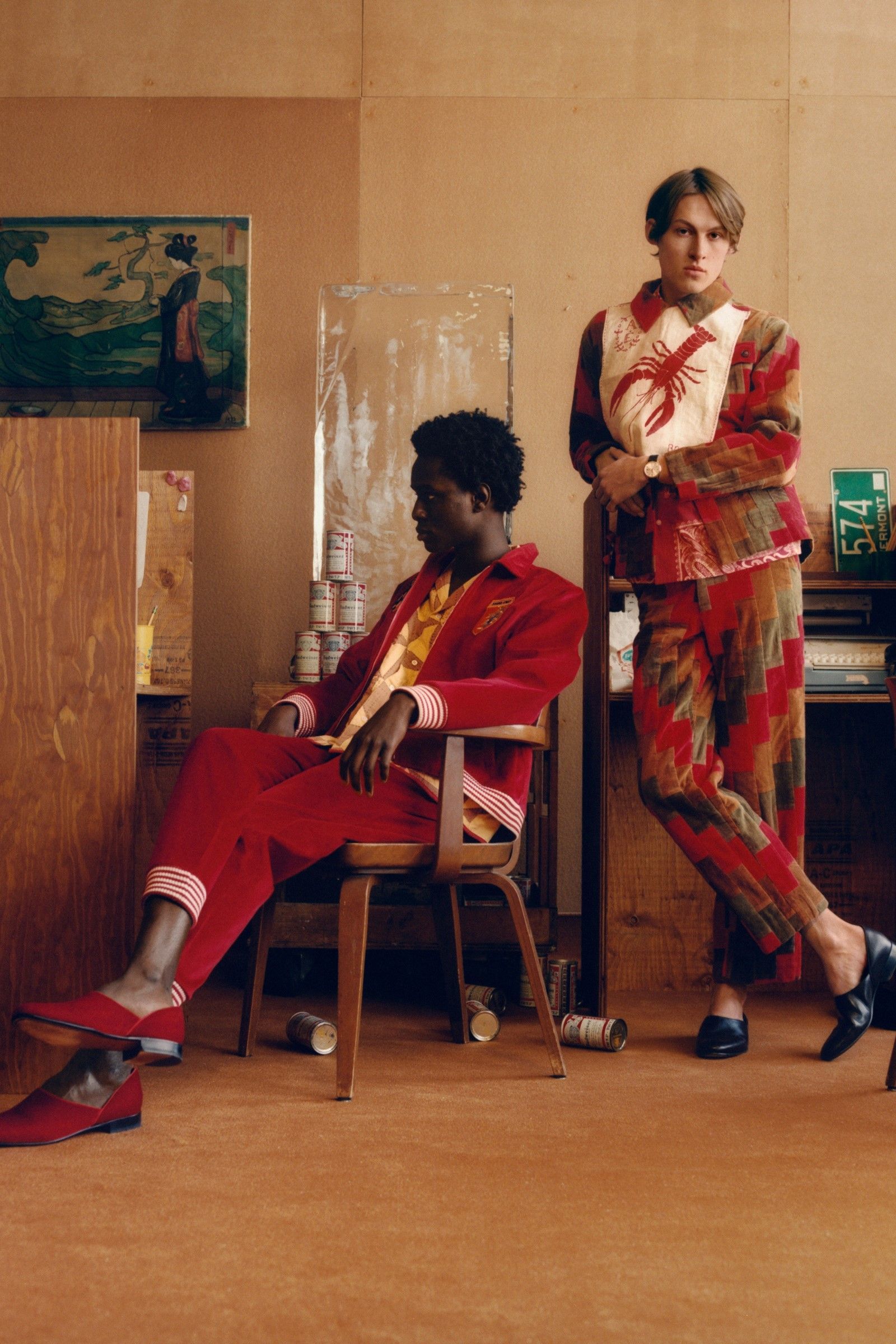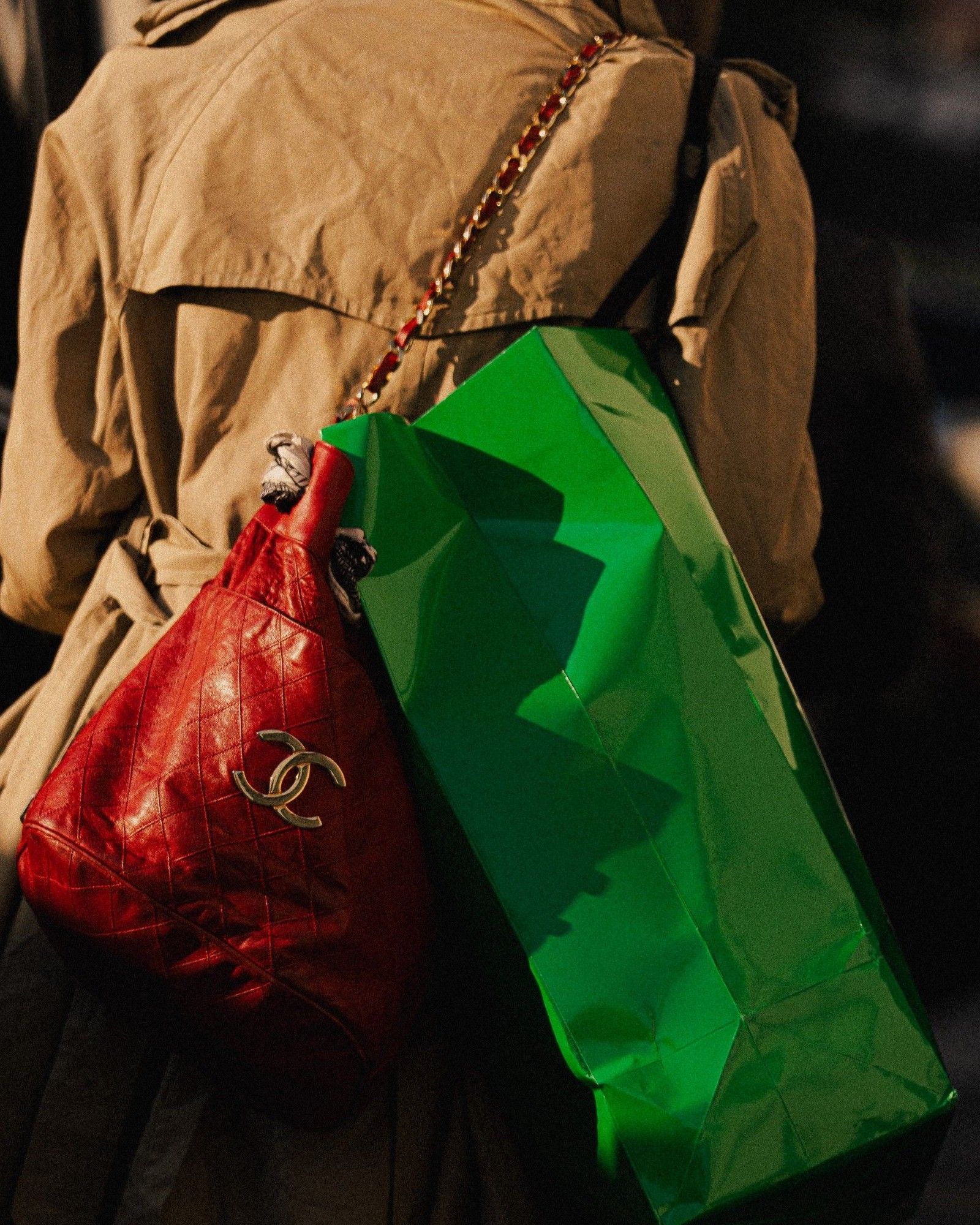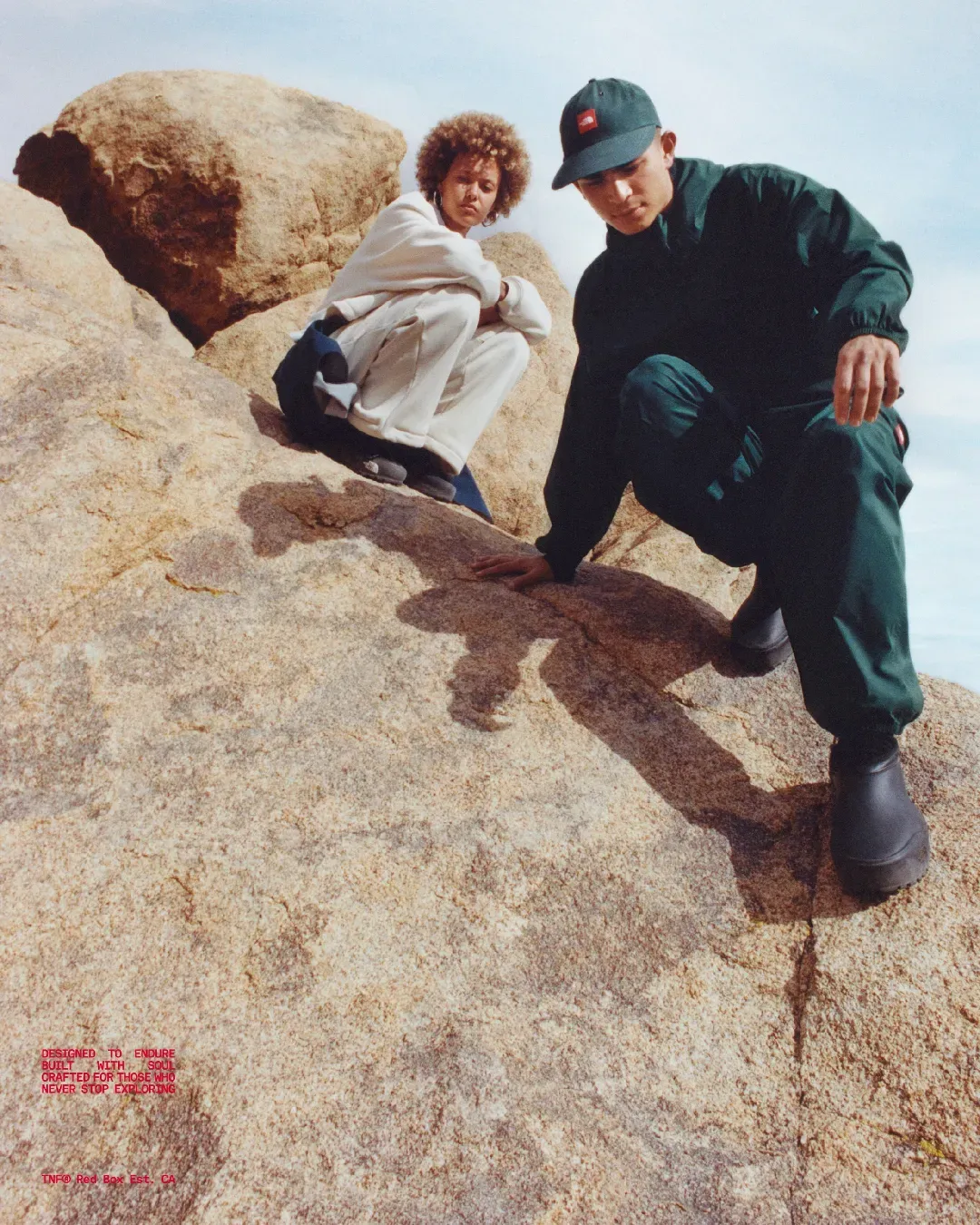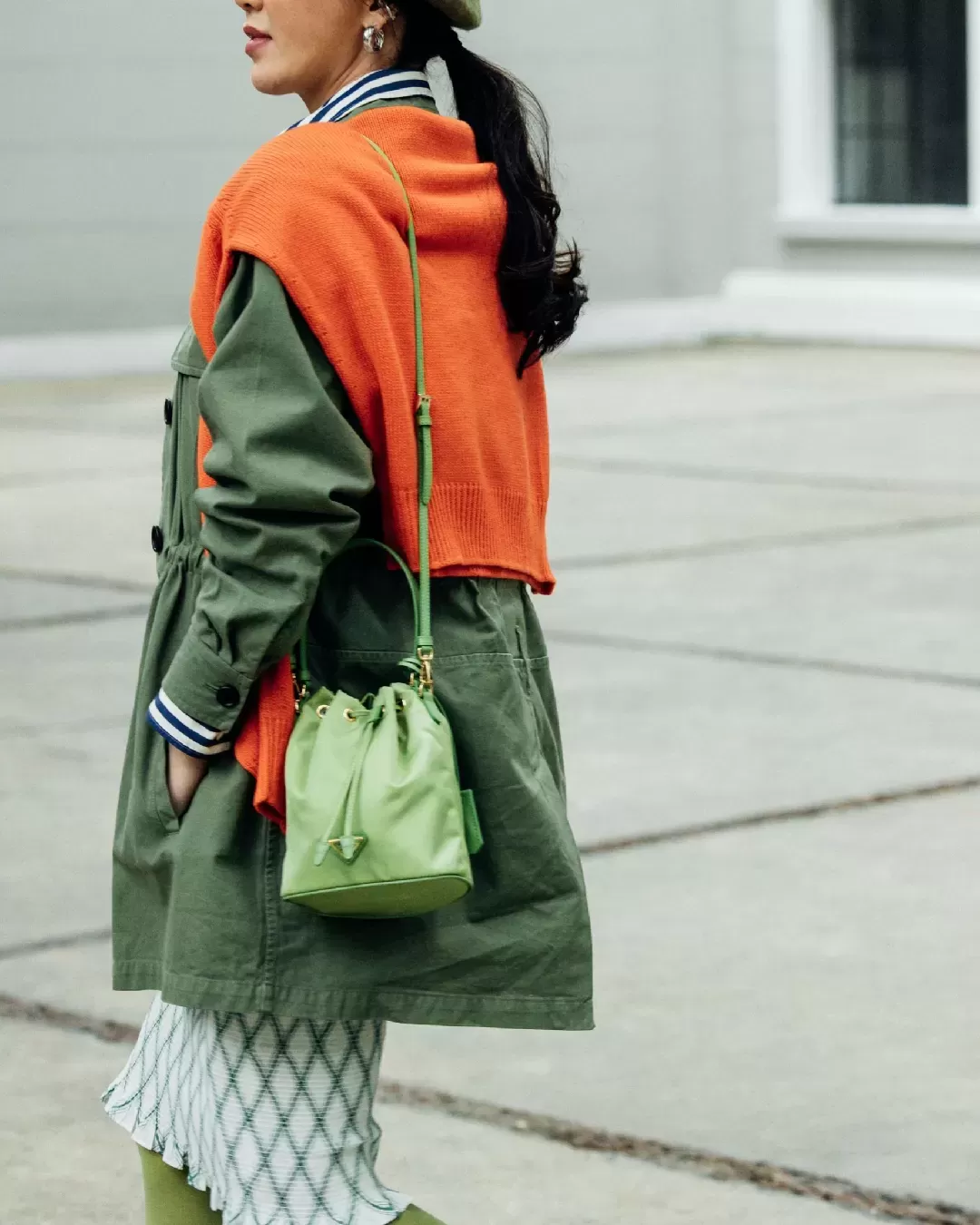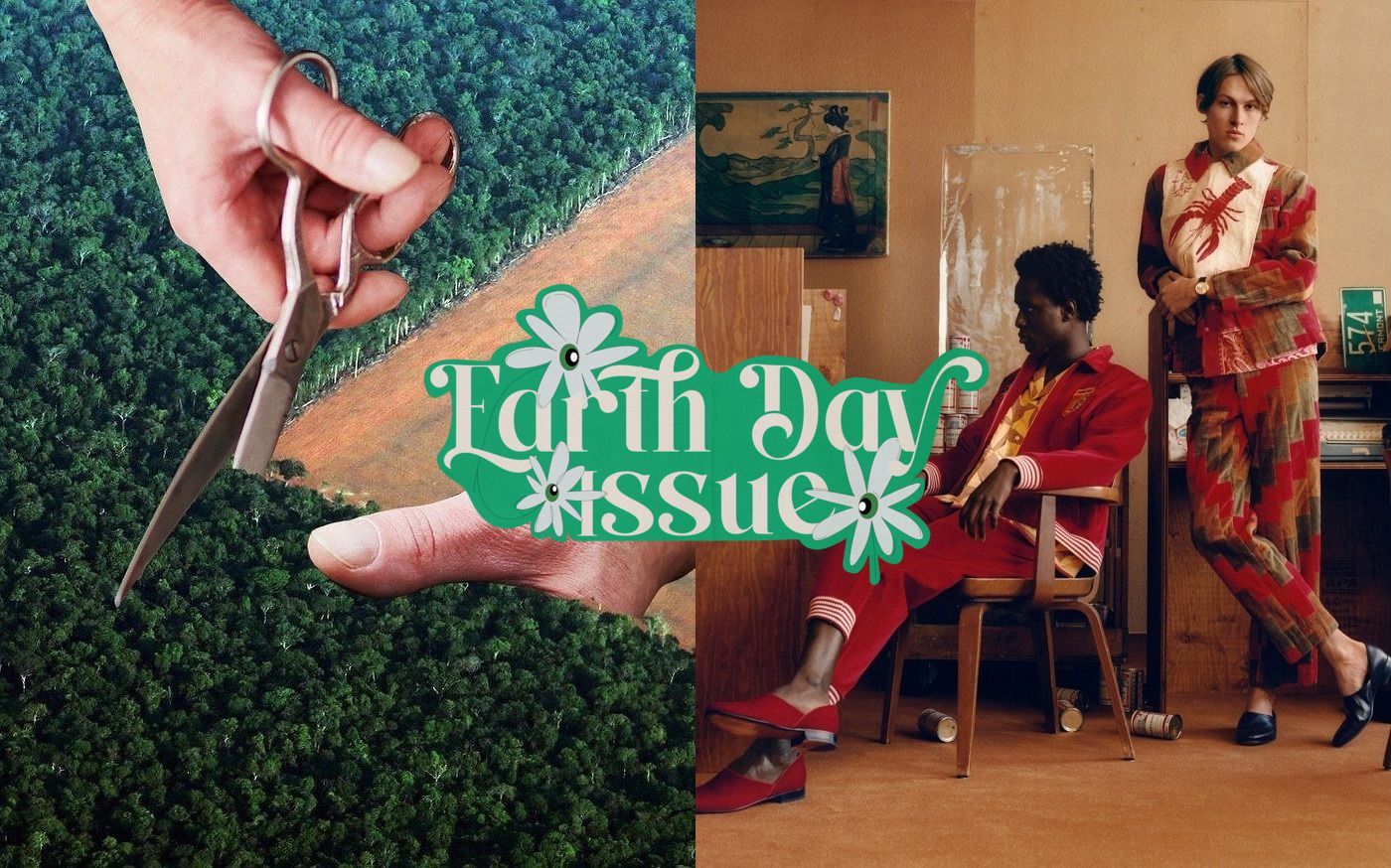
Those who make a collection for Earth Day, didn't understand much about Earth Day What better way to save the planet than to flood the market with new products?
When Earth Day was officially inaugurated in 1970, its values were information and protest. Less than a year earlier, in January 1969, a devastating oil disaster had semi-destroyed the California coast of Santa Barbara, and on April 22, 1970, more than twenty million Americans took to the streets of all the cities of the country, creating the single, largest protest ever held in human history in the course of a day. Even Richard Nixon planted a tree on the White House lawn. Today, five decades later, the significance of Earth Day has remained clear to everyone even though the anniversary has become, for some fashion brands, the opportunity to pour an avalanche of new sustainable products onto the market to inflate sales by riding the wave of sustainability. There is only one problem: producing new goods (albeit in a sustainable way) goes exactly against the principles of Earth Day. If corporations really didn't want to waste resources, they just wouldn't produce anything.
According to a recent infographic published by the European Parliament, in fact, not only is the production of clothes and shoes responsible for 10% of global greenhouse gas emissions but 87% of our clothes still end up in incinerators and landfills. It is true that things are changing: according to Fashion Revolution's annual report, for example, "virtuous" companies are on the rise led by the H&M Group, Gucci and the rest of kering companies and also by other luxury names such as Ermenegildo Zegna and Hermès. Obviously the report does not refer to the myriad of other companies active in the field of clothing but it is clear that if the general fashion industry has a problem with the environment, this problem is due to the culture of consumerism that therefore, precisely on Earth Day, should not be fed with new goods but even avoided (even just symbolically for a day) taking advantage of the opportunity to educate consumers and companies to a more sustainable mindset. It is not only the production of clothes that pollutes, among other things, but also their transport, their packaging, shipments and, in short, their very existence: like Fashion Revolution's country coordinator for Italy, Marina Spadafora, told nss magazine last September, «the most sustainable piece of clothing is already hanging in your closet».
As previously said, the best thing any brand (large or small) could do on this day could be, in the original spirit of Earth Day, educating its consumers towards more sustainable consumption practices, but also taking stock of the efforts made to ensure the sustainability of their production. Talking openly to their customers about how their supply chain works instead of publishing data in an aseptic report that will only be read by very few industry experts would be an original idea to raise public awareness; disposing of unsold products through partnerships with official resell channels such as TheRealReal or Vestiaire Collective or through ad hoc collaborations with independent brands specializing in luxury upcycling such as Bode, Ahluwalia Studio and Bethany Williams could instead be a creative alternative to the much-feared discount policies for luxury brands.
Perhaps the most attentive brands in this regard are Patagonia and The North Face - both of which have always been committed to the sustainability sector. A great example of a sustainable initiative launched on Earth Day is The North Face's Exploration Without Compromise program. It will be a programmatic initiative aimed at using 100% recycled materials in the brand's flagship products over the next four years, which will be accompanied by the launch of a re-commerce platform called The North Face Renewed on which the brand's more than 6.8 loyalty memebers will be able to exchange their used clothes for gift cards. The initiative has already paved the way for a line of refurbished products composed of a minimum of 75% recycled materials and, as WWD reports, as early as the autumn of next year the first line of completely circular products with the badge bearing the name of the initiative that will signal to customers which are the most sustainable products of the new lines should be seen.










































